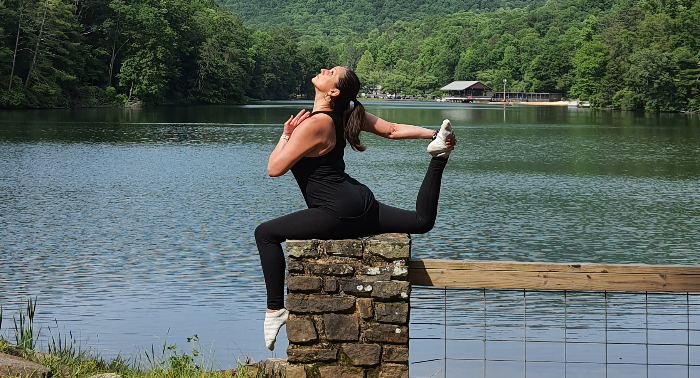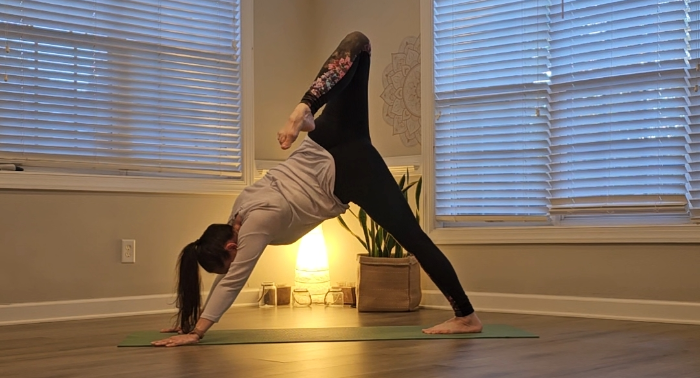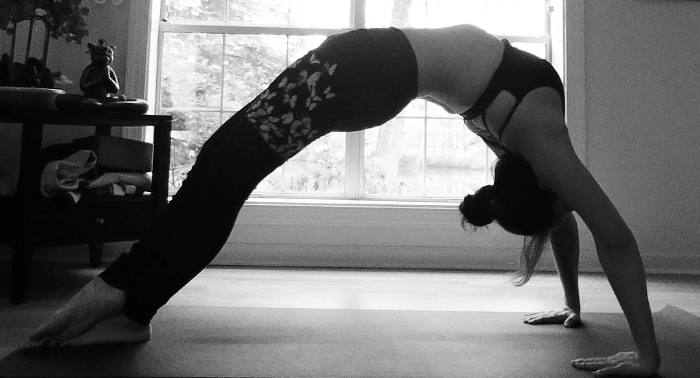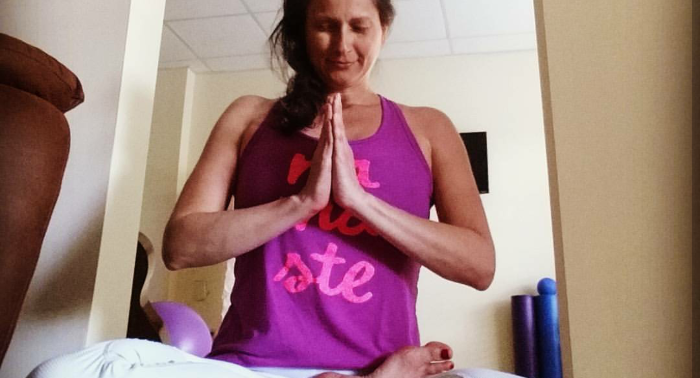Embracing Wisdom: Navigating Injury in Yoga Practice

As a yoga teacher, I've often found myself in a delicate dance between encouraging students to push their boundaries while also emphasizing the importance of listening to their bodies. Yoga is a beautiful journey of self-discovery, but it's not without its pitfalls. Injuries, though unwelcome, can serve as profound teachers, guiding us towards a more mindful and sustainable practice.
Let's address the elephant in the room: yes, injuries happen in yoga. Despite our best efforts to cultivate mindfulness and awareness, the reality is that any physical activity carries some risk. However, it's crucial to shift our perspective on injuries from mere setbacks to invaluable learning opportunities.
I speak from personal experience. As a yoga teacher, I'm not immune to injuries. In fact, my own encounters with various physical limitations have been some of my most profound teachers on this journey. They've forced me to reevaluate my approach to practice and deepen my understanding of the body's intricacies.
So, how can we navigate the potential for injury in yoga while still reaping its myriad benefits? Here are some guiding principles:
Cultivate Awareness: The cornerstone of injury prevention in yoga is awareness—both of our bodies and our minds. This means tuning in to the subtle signals our bodies send us and respecting our limitations. It's about finding the balance between challenging ourselves and practicing self-compassion.
Honour Your Body: Yoga is not a one-size-fits-all practice. What works for one person may not work for another, and that's okay. Instead of striving for perfection in external postures, focus on how each pose feels in your body. Modify as needed, and never hesitate to take a step back if something doesn't feel right.
Embrace Humility: Ego has no place on the yoga mat. Let go of the need to impress others or compete with yourself. Instead, approach your practice with humility and curiosity. Remember that true growth comes from within, not from achieving the most advanced poses.
Prioritize Self-Care: Just as we nourish our bodies with healthy food, we must also nurture them with rest and recovery. Incorporate restorative practices, such as gentle stretching or meditation, into your routine to balance the more physically demanding aspects of yoga.
Seek Guidance: If you're unsure about proper alignment or how to modify poses for your body, don't hesitate to seek guidance from a qualified teacher. They can offer invaluable insights and help you navigate your practice safely.
Listen to Your Inner Teacher: Ultimately, the most important teacher in yoga is not the one guiding the class, but the one within yourself. Learn to trust your intuition and discern what serves you in each moment. Your body holds infinite wisdom—listen to it.
Injuries in yoga are not a sign of failure but an invitation to deepen our understanding of ourselves and our practice. By approaching our practice with mindfulness, humility, and self-compassion, we can navigate the inevitable bumps in the road with grace and resilience.
As a yoga teacher, I am grateful for every injury I've encountered along the way. They have been my greatest teachers, guiding me towards a more authentic and sustainable practice—one that honors the body's innate intelligence and celebrates the journey of self-discovery. Remember, yoga is not about making complicated shapes; it's about connecting with the essence of who we are, both on and off the mat.




